The Importance of Proactive Customer Service in 2025

What is proactive customer service? It’s no longer just a trend; it’s a necessity for businesses in 2025. Customers now expect brands to anticipate their needs and address issues before they even arise. Did you know that 72% of customers demand immediate service, and 70% expect representatives to have a complete understanding of their history? These growing expectations make it essential to stay ahead and deliver an exceptional customer experience.
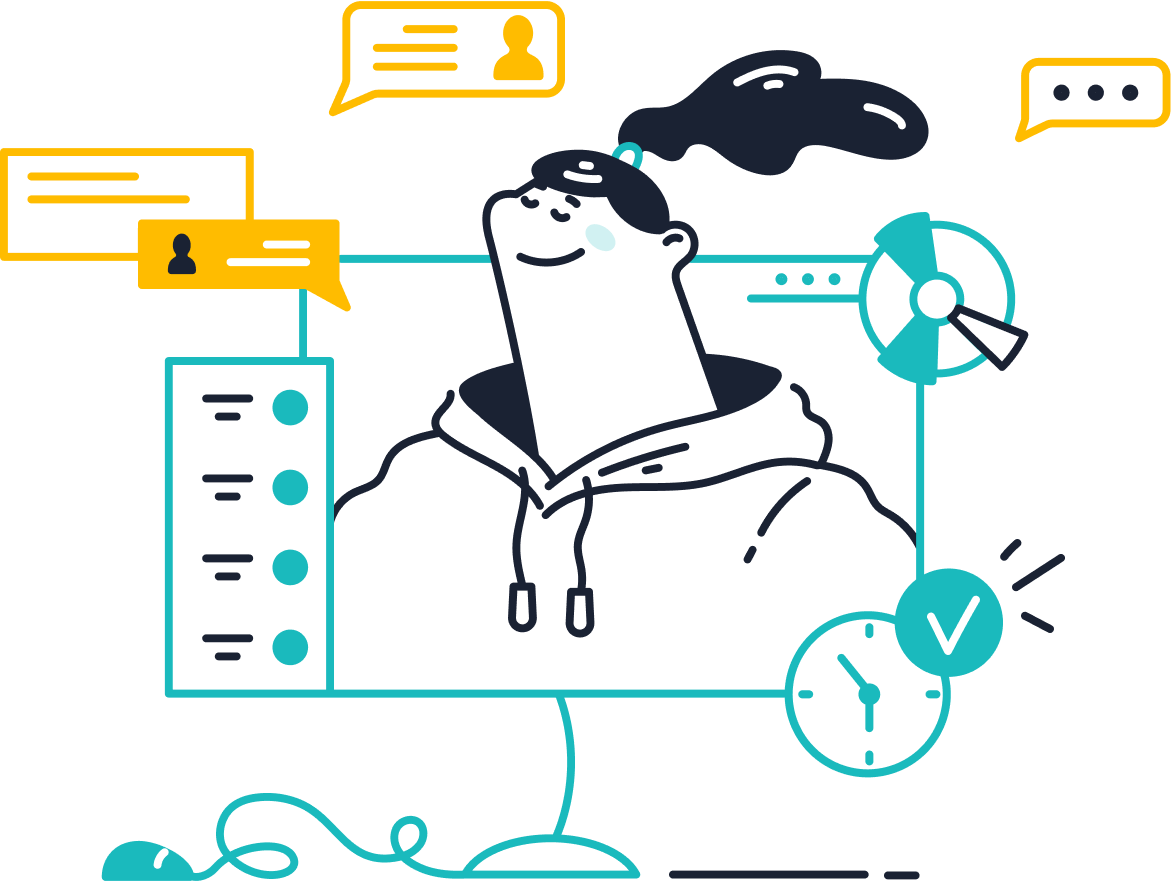
By embracing proactive customer service strategies, businesses can significantly enhance satisfaction and loyalty. For instance, companies leveraging real-time data and personalized interactions can achieve up to a 40% increase in revenue. Tools like Sobot’s Live Chat empower businesses to predict customer needs, provide instant responses, and transform visitors into loyal clients. This approach goes beyond problem-solving; it’s about fostering meaningful, long-term relationships.
What Is Proactive Customer Service?
Definition of Proactive Customer Service
Proactive customer service is all about taking the initiative to address customer needs before they even realize they have them. Instead of waiting for customers to reach out with problems, you anticipate their concerns and provide solutions ahead of time. This approach focuses on creating a seamless customer experience by being forward-thinking and preventive. For example, sending reminders about upcoming subscription renewals or notifying customers about potential delays in delivery are proactive measures that show you care.
Research defines proactive customer-service performance (PCSP) as self-starting and persistent service behavior aimed at long-term goals. It’s not just about solving problems; it’s about creating opportunities to delight your customers. According to Raub and Liao (2012), this approach involves purposive initiative and preventive measures, setting it apart from traditional reactive methods.
How It Differs from Reactive Customer Service
Reactive customer service waits for customers to report issues or ask questions. While it’s essential to respond effectively, it often leaves customers feeling frustrated because they had to initiate the interaction. Proactive customer service flips the script. You don’t wait for problems to arise; you actively work to prevent them.
Here’s a quick comparison:
| Proactive Customer Service | Reactive Customer Service |
|----------------------------|---------------------------|
| Anticipates customer needs | Responds to customer issues |
| Builds trust and loyalty | Resolves immediate concerns |
| Prevents problems | Fixes problems after they occur |
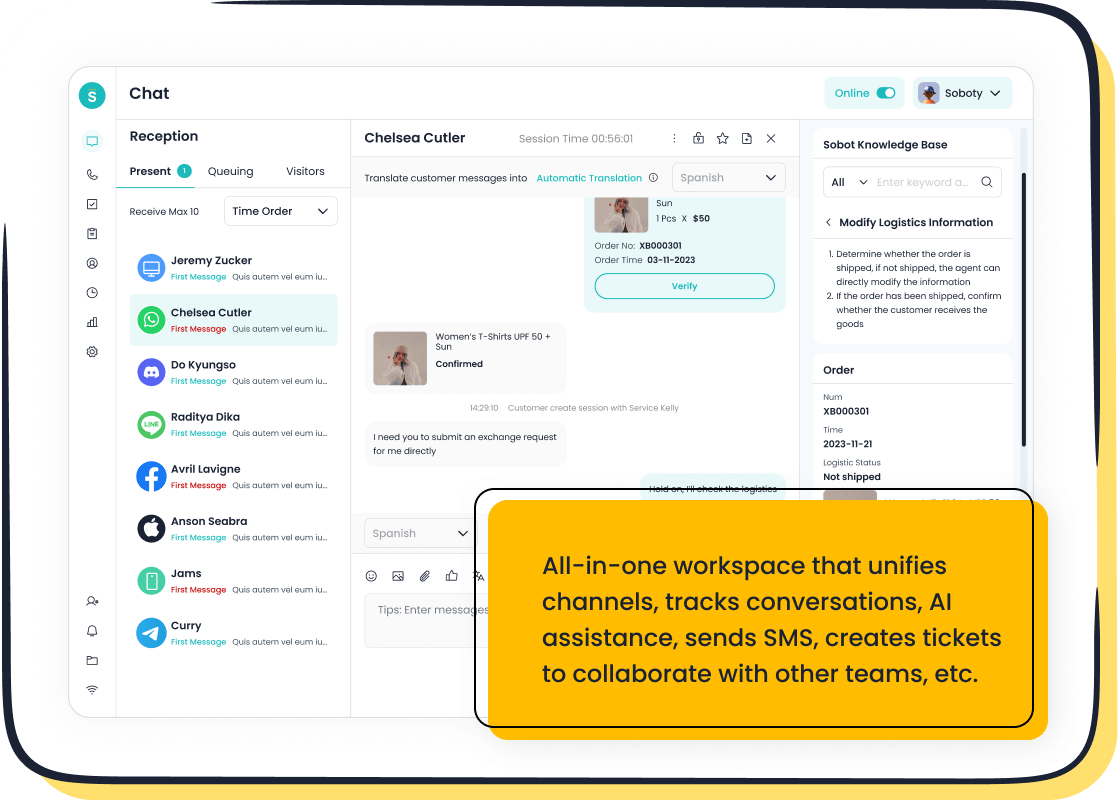
For instance, using tools like Sobot Live Chat, you can analyze customer behavior and send tailored messages to guide them through their journey. This proactive approach not only improves satisfaction but also boosts retention rates by 3 to 5 percent.
Why Proactive Service Meets Modern Customer Expectations
Today’s customers expect more than just quick responses—they want brands to understand their needs and act on them. Studies show that 70% of buying experiences depend on how customers feel they’re being treated. When you adopt a proactive customer service strategy, you create positive impressions that stick.
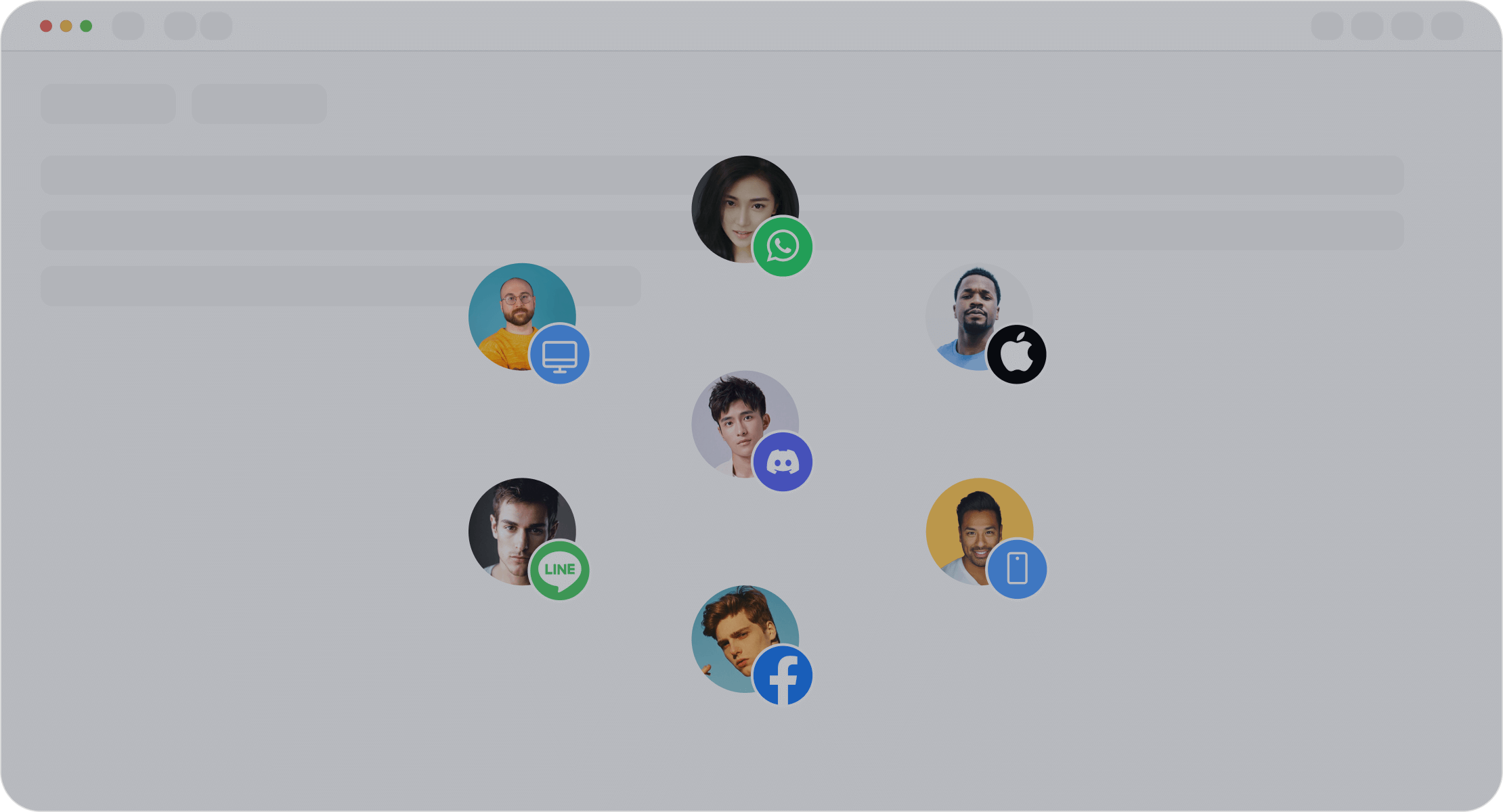
Imagine receiving a personalized message about a product update or a solution to a potential issue before you even notice it. That’s the kind of experience customers crave. Proactive service fosters loyalty, strengthens relationships, and drives retention. Tools like Sobot’s omnichannel solution make this easier by unifying communication channels and providing AI-driven insights to anticipate customer needs.
“A business that has a proactive customer support strategy creates a positive impression on the customer, and improves customer loyalty in return.”
By meeting customer expectations with a proactive approach, you position your brand as one that truly cares. This isn’t just good for your customers—it’s great for your business.
Why Proactive Customer Service Is Essential in 2025
The Role of Technology in Shaping Customer Expectations
Technology is transforming how customers interact with businesses. In 2025, emerging tools like AI, augmented reality (AR), and data analytics are setting new benchmarks for customer experience. Customers now expect brands to offer personalized, seamless, and even immersive interactions. For instance, studies show that 67% of consumers are interested in AR-based shopping experiences, while VR tours can increase booking rates by up to 32%.

Adopting these technologies isn’t just about staying trendy—it’s about meeting expectations. Companies that integrate new tech early experience 30% higher customer retention, according to Deloitte. Tools like Sobot’s Live Chat leverage AI to predict customer needs and provide instant solutions, ensuring you stay ahead of the curve. By embracing innovation, you can deliver proactive customer service that feels intuitive and effortless.
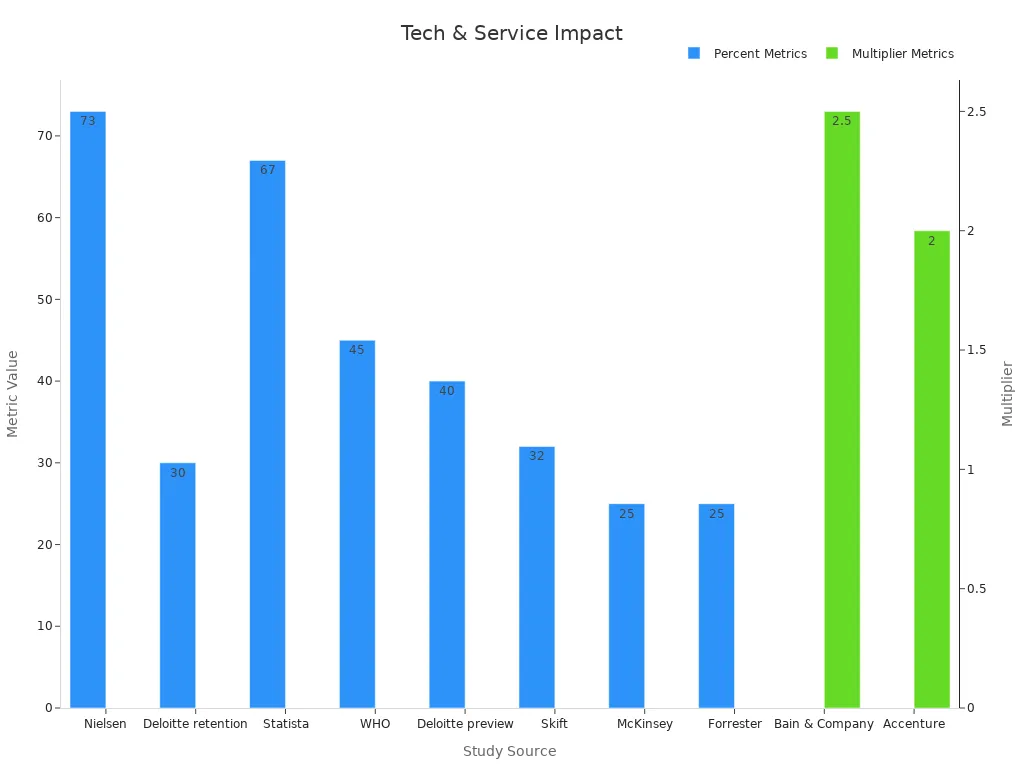
How Proactive Service Builds Brand Loyalty
Proactive customer service isn’t just about solving problems—it’s about building trust and loyalty. When you anticipate customer needs, you show that you care, which strengthens your brand reputation. Zappos, for example, excels at proactive support by addressing potential issues before they arise, reducing churn and boosting customer satisfaction.
Metrics like Net Promoter Score (NPS) and Customer Lifetime Value (CLV) highlight the impact of proactive strategies. A fast First Response Time reassures customers, while lower Average Resolution Time enhances satisfaction. Sobot’s omnichannel solution helps businesses unify communication channels, enabling faster responses and personalized experiences. These efforts translate into higher retention rates and a stronger connection with your audience.
Staying Competitive with Proactive Customer Service
In a crowded marketplace, proactive customer service is your secret weapon. Customers value great experiences over price, with 64% willing to pay more for exceptional service. Businesses that prioritize customer experience report increased profits, and 87% of customers return after receiving excellent service.
Proactive strategies help you stand out. For example, using Sobot’s Live Chat to send tailored messages or reminders can turn visitors into loyal clients. Companies that focus on customer experience outperform competitors, with engaged employees driving 147% better performance. By investing in proactive service, you not only enhance your reputation but also secure a competitive edge.
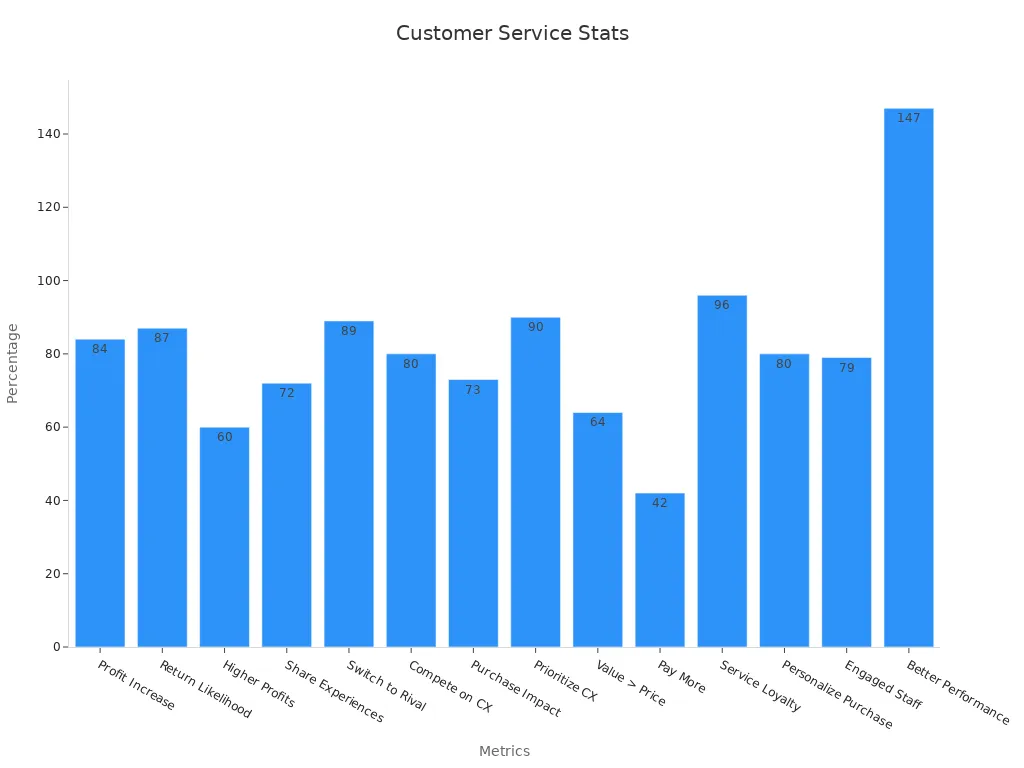
Key Benefits of Proactive Customer Service

Improved Customer Satisfaction and Trust
When you prioritize proactive customer service, you’re not just solving problems—you’re building trust. Customers feel valued when you anticipate their needs and address concerns before they even arise. This approach creates positive customer interactions that leave a lasting impression.
Think about it: Wouldn’t you appreciate a company that notifies you about a potential issue before it disrupts your day? For example, sending a quick update about a delayed delivery or offering a solution to a common product issue shows you care. These small gestures can make a big difference in customer satisfaction.
Proactive strategies also help you maintain transparency, which is key to earning trust. Tools like Sobot’s Live Chat allow you to provide instant updates and personalized support, ensuring customers always feel heard. When customers trust your brand, they’re more likely to stick around and recommend you to others.
Increased Customer Retention and Lifetime Value
Retaining customers is far more cost-effective than acquiring new ones. By focusing on proactive customer service, you can strengthen customer relationships and keep them coming back. Did you know that increasing customer retention by just 5% can boost profits by up to 95%? That’s a huge impact on your bottom line.
Satisfied customers are also more likely to spend more. In fact:
- Customers who rate their experience 5/5 stars are twice as likely to make repeat purchases.
- 80% of happy customers are willing to pay a premium for excellent service.
Proactive service helps you achieve these results by addressing issues early and creating a seamless customer experience. With tools like Sobot’s omnichannel solution, you can unify communication channels and provide consistent, personalized support. This not only improves retention but also increases the lifetime value of each customer.
Enhanced Operational Efficiency and Cost Savings
Proactive customer service doesn’t just benefit your customers—it also streamlines your operations. By anticipating customer needs, you can reduce repetitive inquiries and optimize your processes. For instance, companies that adopt proactive strategies see a 20% reduction in call center costs and a 15% decrease in average call handling time.
Sobot’s AI-powered tools take this a step further. They predict customer actions with 80% accuracy, allowing you to resolve issues faster and more effectively. This leads to a 25% improvement in issue resolution accuracy and an 18% reduction in churn.
By automating routine tasks and empowering your team with the right tools, you can save time and resources while delivering exceptional service. The result? Happier customers, lower costs, and a more efficient operation.
Positive Impact on Revenue Growth
Proactive customer service doesn’t just make your customers happy—it also boosts your bottom line. When you anticipate customer needs and deliver exceptional experiences, you create loyal customers who are more likely to spend with your business. This approach transforms customer service from a cost center into a value center, driving significant revenue growth.
Here’s the proof:
- Companies that treat customer service as a value center see 3.5 times more revenue growth than those that don’t.
- Businesses earning $1 billion annually can add $700 million in revenue within three years by investing in customer experience.
- SaaS companies implementing proactive customer service strategies can expect a $1 billion revenue increase.
These numbers show how powerful proactive customer service can be. By addressing issues before they arise, you not only improve satisfaction but also encourage repeat purchases and higher spending. For example, tools like Sobot Live Chat help businesses predict customer needs and provide instant solutions. This builds trust and keeps customers coming back, which directly impacts revenue.
Think about it—when customers feel valued, they’re more likely to recommend your brand to others. Word-of-mouth referrals and repeat business are invaluable for growth. With Sobot’s omnichannel solution, you can unify communication channels and deliver seamless, proactive support. This ensures every interaction leaves a positive impression, turning satisfied customers into loyal advocates.
In 2025, businesses that prioritize proactive customer service will lead the pack. By investing in tools and strategies that anticipate customer needs, you’re not just improving service—you’re securing long-term financial success.
How to Implement Proactive Customer Service Effectively
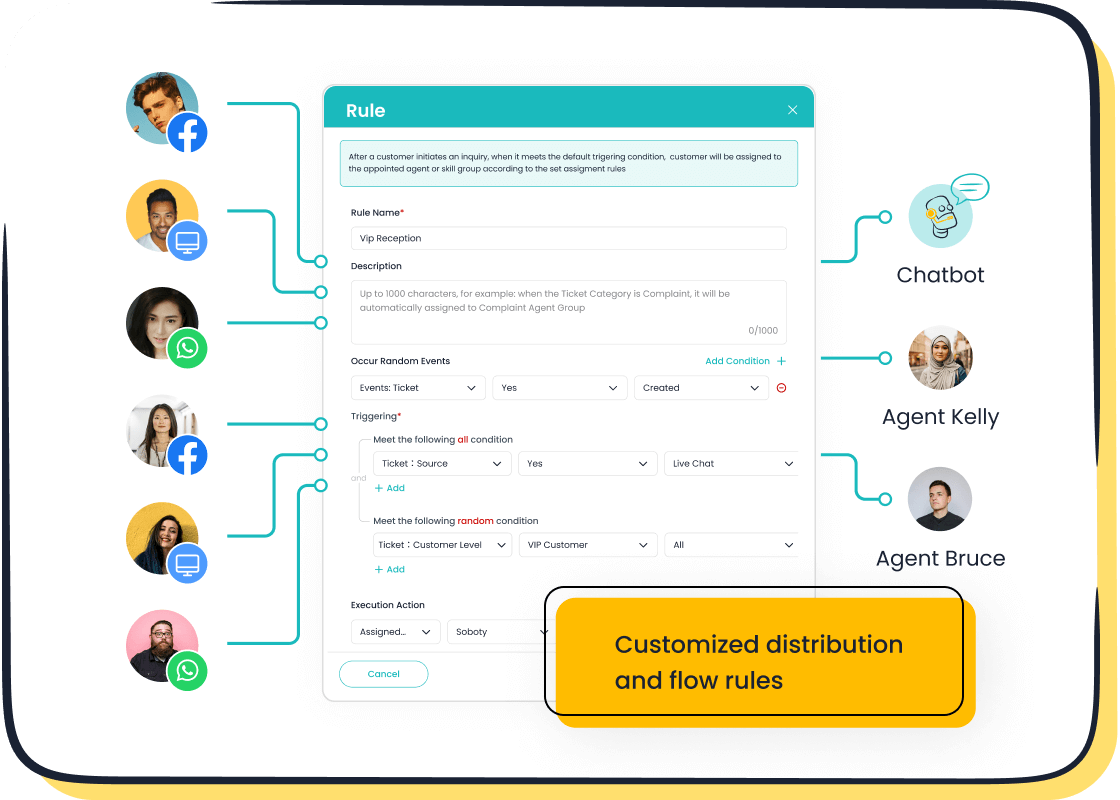
Leveraging Technology and Automation with Sobot Live Chat
Technology plays a crucial role in delivering proactive customer service. Tools like Sobot Live Chat empower you to automate repetitive tasks, predict customer needs, and provide instant solutions. By integrating AI-driven features, you can reduce inbound discussion volume by 20% and achieve a 95% customer satisfaction rate.
Sobot Live Chat also ensures that your team delivers accurate responses, with AI providing correct answers 80% of the time. This not only improves efficiency but also enhances the overall customer experience. For example, self-service options allow customers to resolve 22.2% of their queries independently, freeing up your agents to focus on complex issues.
| Metric Description | Value |
|---|---|
| Reduction in inbound discussion volume | 20% |
| Customer satisfaction rate | 95% |
| Correct answers provided by AI | 80% |
| Self-service questions answered by customers | 22.2% |
By leveraging automation, you can streamline operations and deliver proactive support that meets modern customer expectations.
Training Teams to Anticipate Customer Needs
Your team is the backbone of your customer support strategy. Training them to anticipate customer needs ensures they can deliver meaningful interactions. Start by aligning agent KPIs with customer satisfaction goals. This encourages your team to prioritize quality over quantity.
Ongoing training programs are essential. They help your team stay updated on product knowledge and customer interaction techniques. For example, real-time performance tracking and proactive coaching can improve how agents handle inquiries. Sales analytics tools also provide insights into strengths and areas for improvement, enabling your team to refine their approach.
Tip: Reward agents based on customer experience metrics like CSAT and First Contact Resolution (FCR). This motivates them to focus on delivering exceptional service.
When your team feels empowered and prepared, they can create a seamless customer experience that builds trust and loyalty.
Using Data Analytics to Predict Customer Behavior
Data analytics is a game-changer for proactive customer service. By analyzing customer behavior, you can predict their needs and offer tailored solutions. For instance, a leading fashion retailer increased conversion rates by 20% using social media and neuromarketing techniques. Similarly, an e-commerce giant boosted retention by leveraging clickstream analysis for personalized recommendations.
Sobot’s omnichannel solution integrates advanced analytics to help you understand customer preferences. With tools like these, you can segment your audience, identify pain points, and address issues before they arise. For example, Syriatel Telecom achieved a 95.5% accuracy in predicting customer retention using data-driven models.

By using data effectively, you can transform your customer support strategy into a proactive powerhouse, ensuring every interaction adds value.
Building a Customer-Centric Culture
Creating a customer-centric culture starts with putting your customers at the heart of every decision. It’s not just about policies or processes—it’s about fostering a mindset across your organization that prioritizes customer needs above all else. When your team genuinely cares about delivering value, customers notice, and loyalty follows.
To build this culture, consistency is key. Employees need regular reminders and reinforcement to stay aligned with a customer-focused vision. According to studies, organizations that consistently communicate their customer-centric goals see better alignment and behavior changes. For example, companies like Samsung have successfully implemented tools like Sobot’s omnichannel solution to unify communication and empower employees to deliver exceptional service.
Every organization’s journey to a customer-centric approach is unique. Your culture should reflect your brand’s values and mission. For instance, empowering employees closest to the customer to make decisions can lead to faster resolutions and creative problem-solving. This not only improves customer satisfaction but also boosts employee morale.
Here’s a quick look at what makes a customer-centric culture thrive:
| Key Insights | Description |
|---|---|
| Consistency in Communication | Regular reinforcement helps maintain a customer-focused mindset. |
| Empowerment | Employees closest to customers should have the authority to make decisions. |
| Continuous Process | Building this culture is an ongoing effort that evolves over time. |
Data also plays a crucial role. By analyzing employee surveys and customer feedback, you can identify gaps and take action to improve. Tools like Sobot Live Chat provide insights into customer behavior, helping your team anticipate needs and deliver proactive support. This approach ensures your culture isn’t just a slogan—it’s a lived experience.
When you prioritize a customer-centric approach, you create a ripple effect. Employees feel empowered, customers feel valued, and your business thrives.
Real-World Examples of Proactive Customer Service
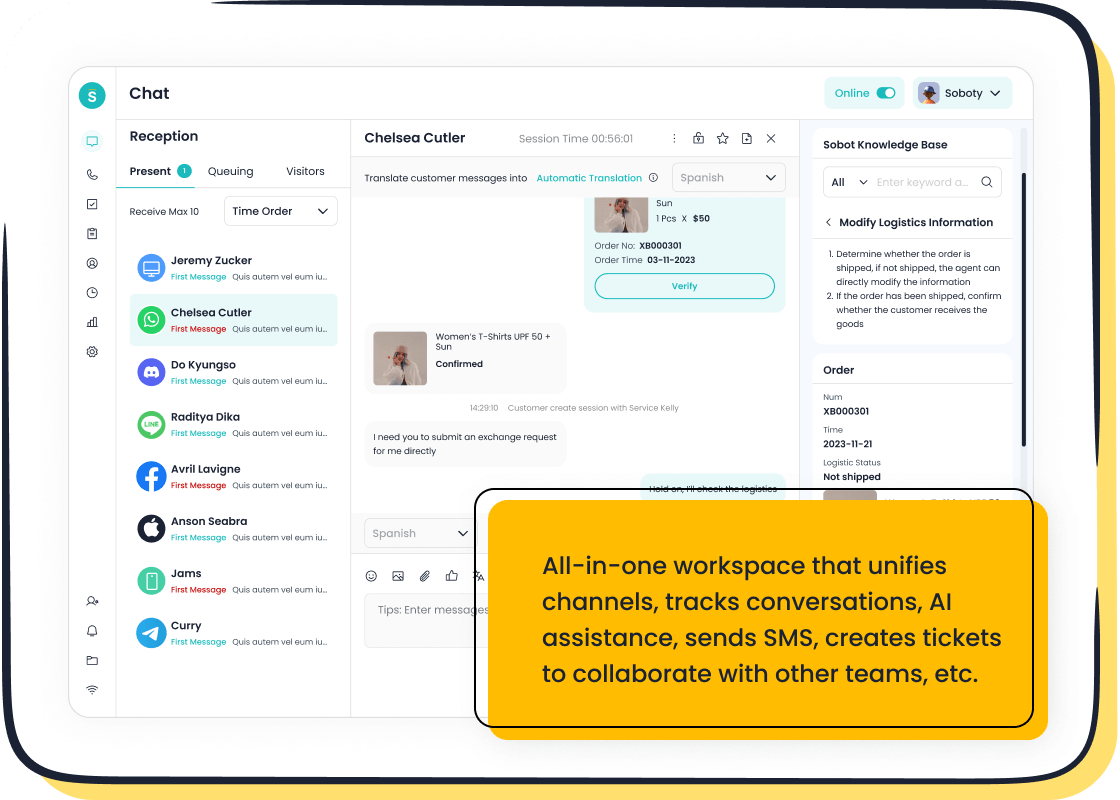
Case Study: Samsung's Success with Sobot's Omnichannel Solution
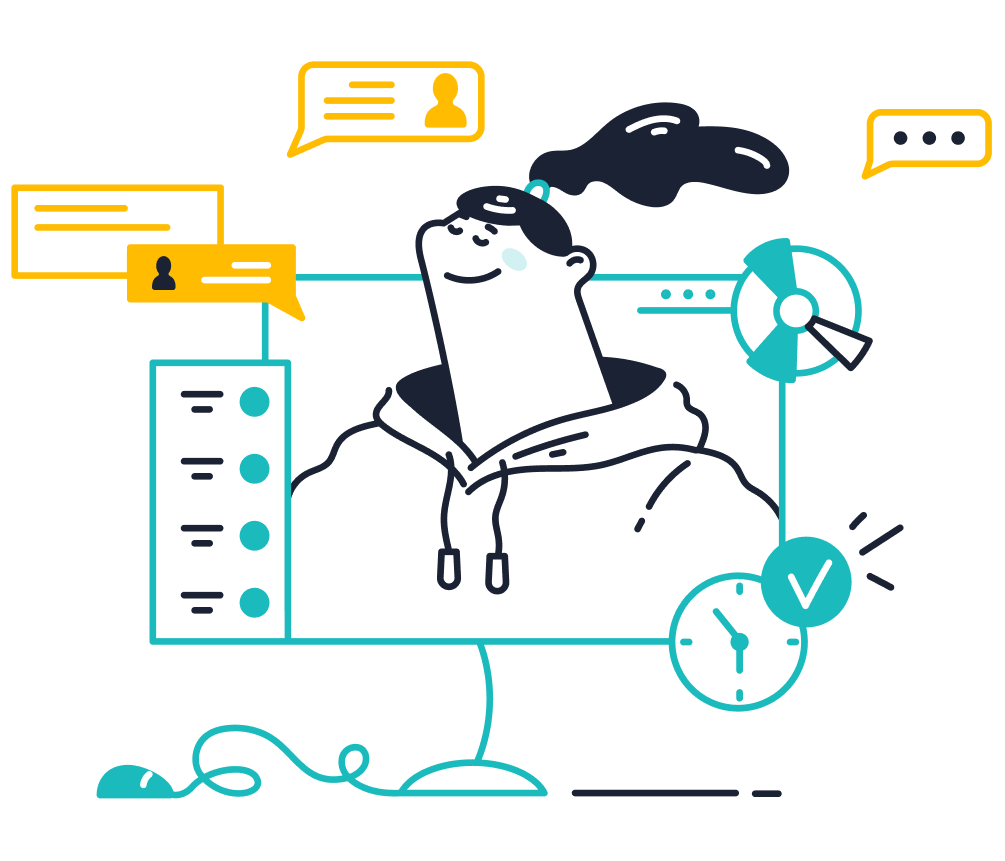
Samsung, a global leader in technology, faced challenges managing countless customer inquiries across multiple channels. They needed a solution to unify communication and improve efficiency. By implementing Sobot's omnichannel solution, Samsung transformed its customer experience.
With Sobot, Samsung integrated all communication channels into a single platform. This allowed agents to access customer data instantly, reducing repetitive questions. The solution also included AI-powered chatbots to handle routine queries, freeing agents to focus on complex issues. VIP customers even received personalized video support, enhancing their experience.
The results were remarkable. Samsung achieved a 30% boost in agent productivity and a 97% customer satisfaction rate. By proactively addressing customer needs, they strengthened loyalty and set a new standard for customer engagement.
Case Study: How Sobot Live Chat Transformed Customer Engagement
Sobot Live Chat has revolutionized how businesses interact with customers. Its omnichannel support and AI-driven tools enable companies to deliver proactive customer service seamlessly. For example, a retail client used Sobot Live Chat to analyze customer behavior and send tailored messages. This approach increased conversion rates by 38%.
The platform's built-in analytics also helped the client identify common pain points. By addressing these proactively, they reduced support tickets by 20%. Customers appreciated the instant responses and personalized interactions, leading to a 15% improvement in satisfaction.
Sobot Live Chat doesn’t just solve problems—it creates opportunities for meaningful customer engagement. Businesses using this tool consistently report higher retention rates and stronger customer relationships.
Lessons Learned from Successful Implementations
Proactive customer service offers valuable insights for businesses aiming to enhance their customer experience:
- Use customer data analytics: Personalization improves satisfaction and builds trust.
- Communicate proactively: Customers value updates about potential issues or delays.
- Streamline operations: Automating repetitive tasks boosts efficiency and reduces costs.
Real-world examples like Amazon’s anticipatory shipping and Apple’s proactive notifications highlight the power of this approach. Studies show that 67% of customers appreciate proactive updates, and 70% view brands more favorably when they engage proactively.
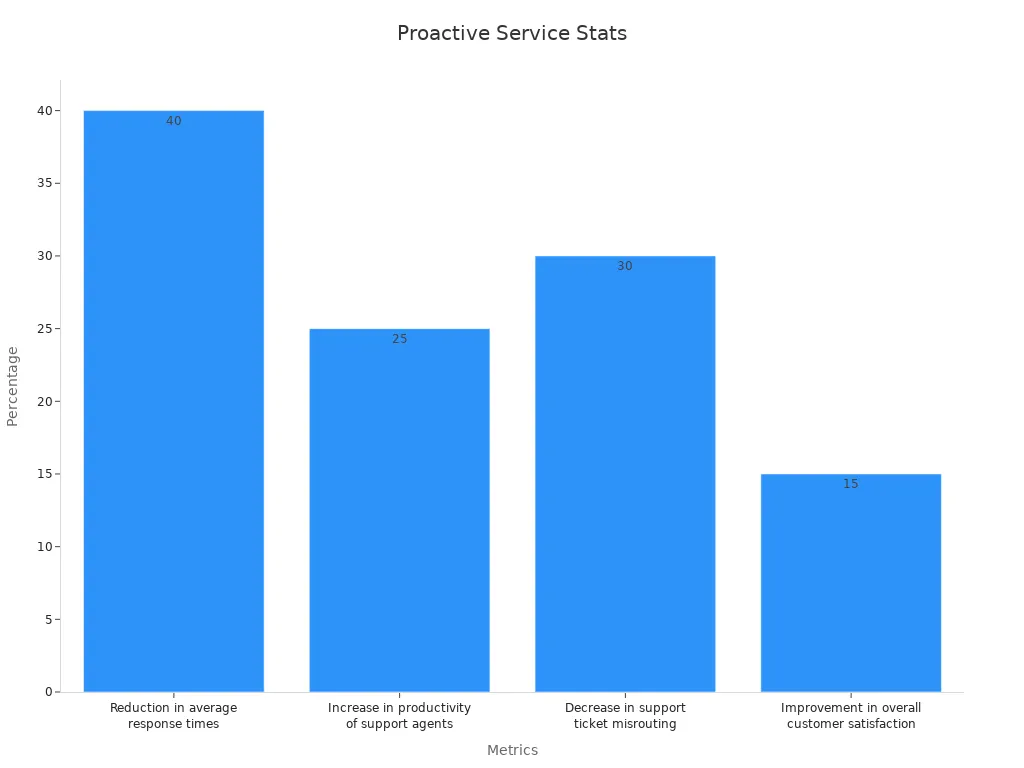
By adopting these strategies, you can create a seamless customer experience that drives loyalty and growth.
Proactive customer service is no longer optional—it’s essential for thriving in 2025. By anticipating customer needs, you can build trust, boost satisfaction, and drive loyalty. Did you know 95% of customers are more likely to repurchase after a great service experience? Tools like Sobot Live Chat make this possible with features like automation, real-time support, and predictive analytics.
| Statistic | Value |
|---|---|
| 95% of customers say great service encourages repeat purchases. | 95% |
| 68% of consumers value proactive notifications from brands. | 68% |
| 1 in 3 customers will leave after one bad experience. | 33% |
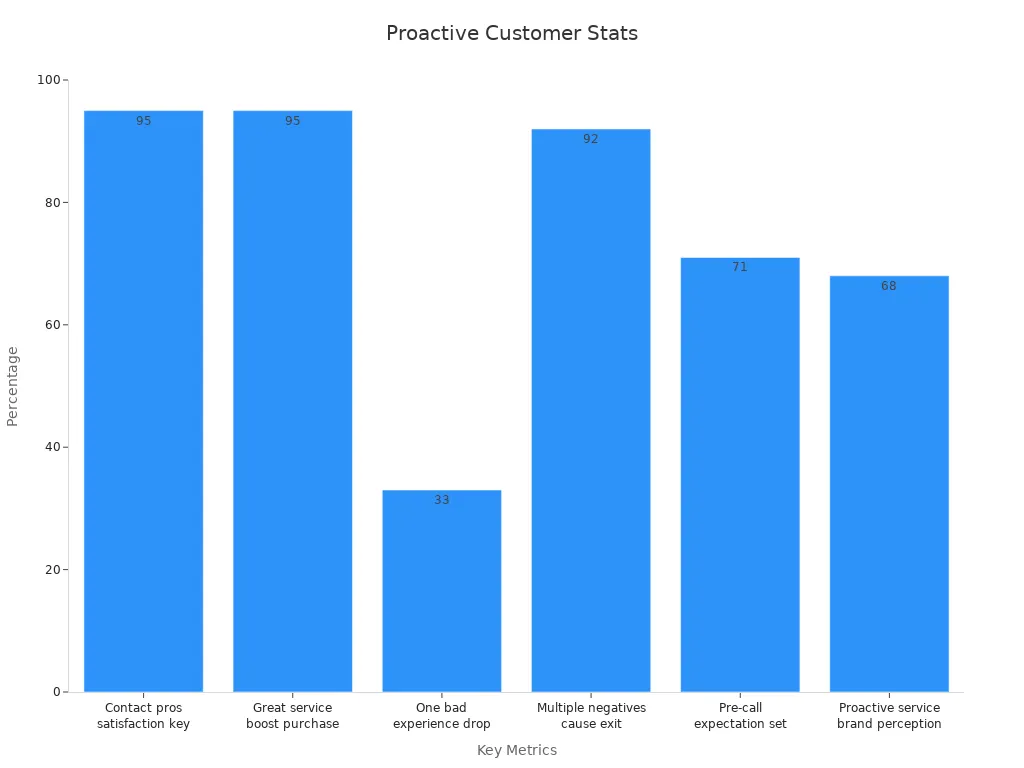
Take action today. Adopt proactive strategies and tools like Sobot Live Chat to stay ahead and secure long-term success.
FAQ
What is the difference between proactive and reactive customer service?
Proactive customer service anticipates issues and solves them before they arise. Reactive service waits for customers to report problems. For example, sending a delivery delay notification is proactive, while responding to a complaint about the delay is reactive. Tools like Sobot Live Chat make proactive service seamless.
How does Sobot Live Chat improve proactive customer service?
Sobot Live Chat uses AI to predict customer needs and provide instant solutions. It analyzes behavior, sends tailored messages, and automates repetitive tasks. This ensures faster responses and higher satisfaction, helping you deliver proactive customer service effortlessly.
Why is proactive customer service important in 2025?
Customer expectations are higher than ever. They want brands to anticipate their needs. Proactive customer service builds trust, boosts loyalty, and increases retention. Businesses using tools like Sobot’s omnichannel solution stay competitive by delivering seamless, personalized experiences.
Can proactive customer service reduce costs?
Yes! Proactive strategies lower call center costs by reducing repetitive inquiries. Sobot’s AI-powered tools automate tasks, saving time and resources. For instance, companies using Sobot Live Chat see a 20% drop in inbound discussion volume, improving efficiency and cutting expenses.
How can data analytics help with proactive customer service?
Data analytics predicts customer behavior and identifies pain points. For example, Sobot’s omnichannel solution uses advanced analytics to segment audiences and personalize interactions. This helps you address issues early, improving satisfaction and retention rates.
See Also
Transforming Support Through Innovative AI Customer Service Agents
The 10 Most Effective Customer Service Tools for 2024
Evaluating Leading Contact Center Solutions for 2024
Best Cloud Contact Center Solutions Available in 2024
Enhancing Efficiency With AI-Driven Customer Service Software